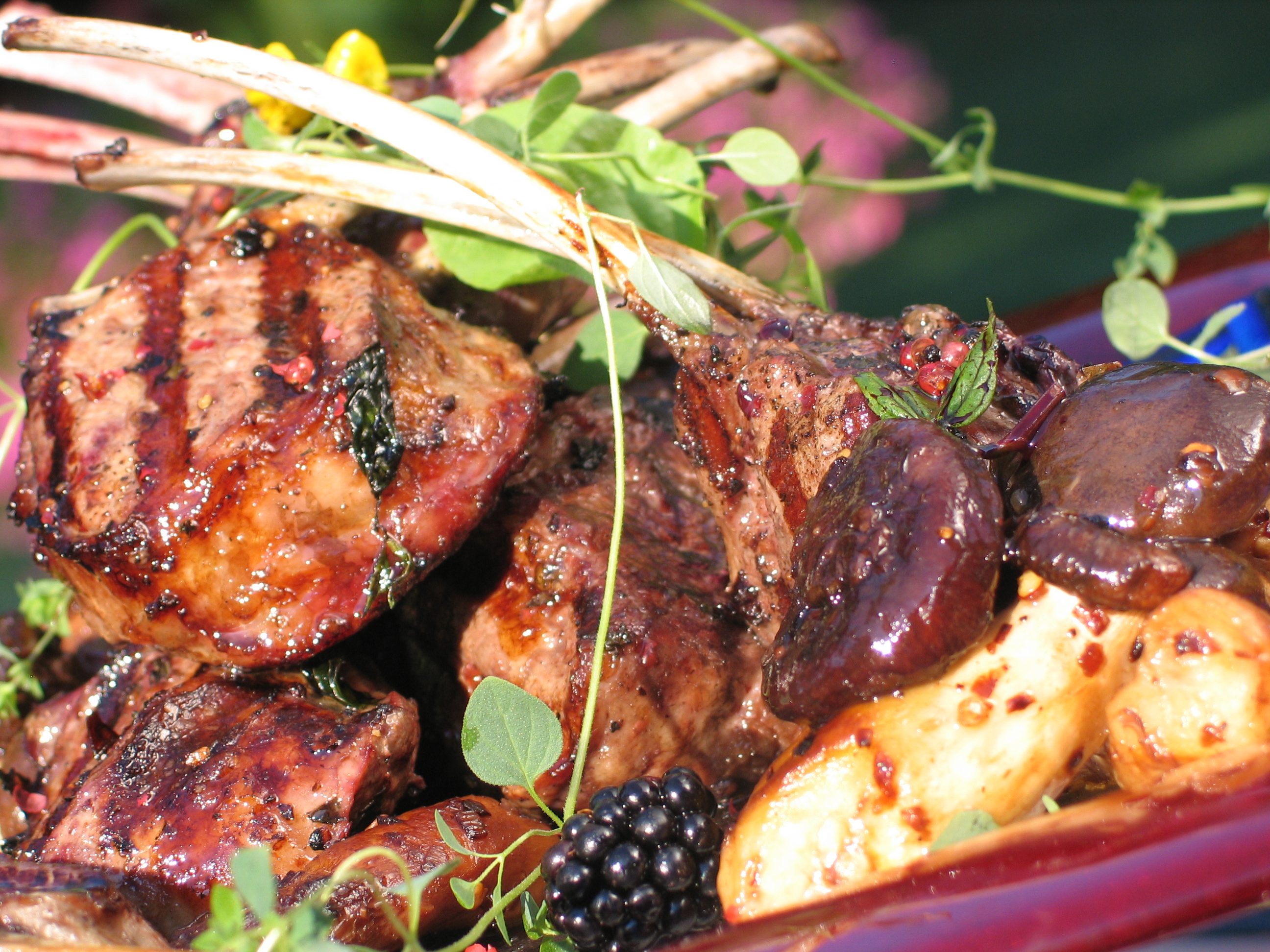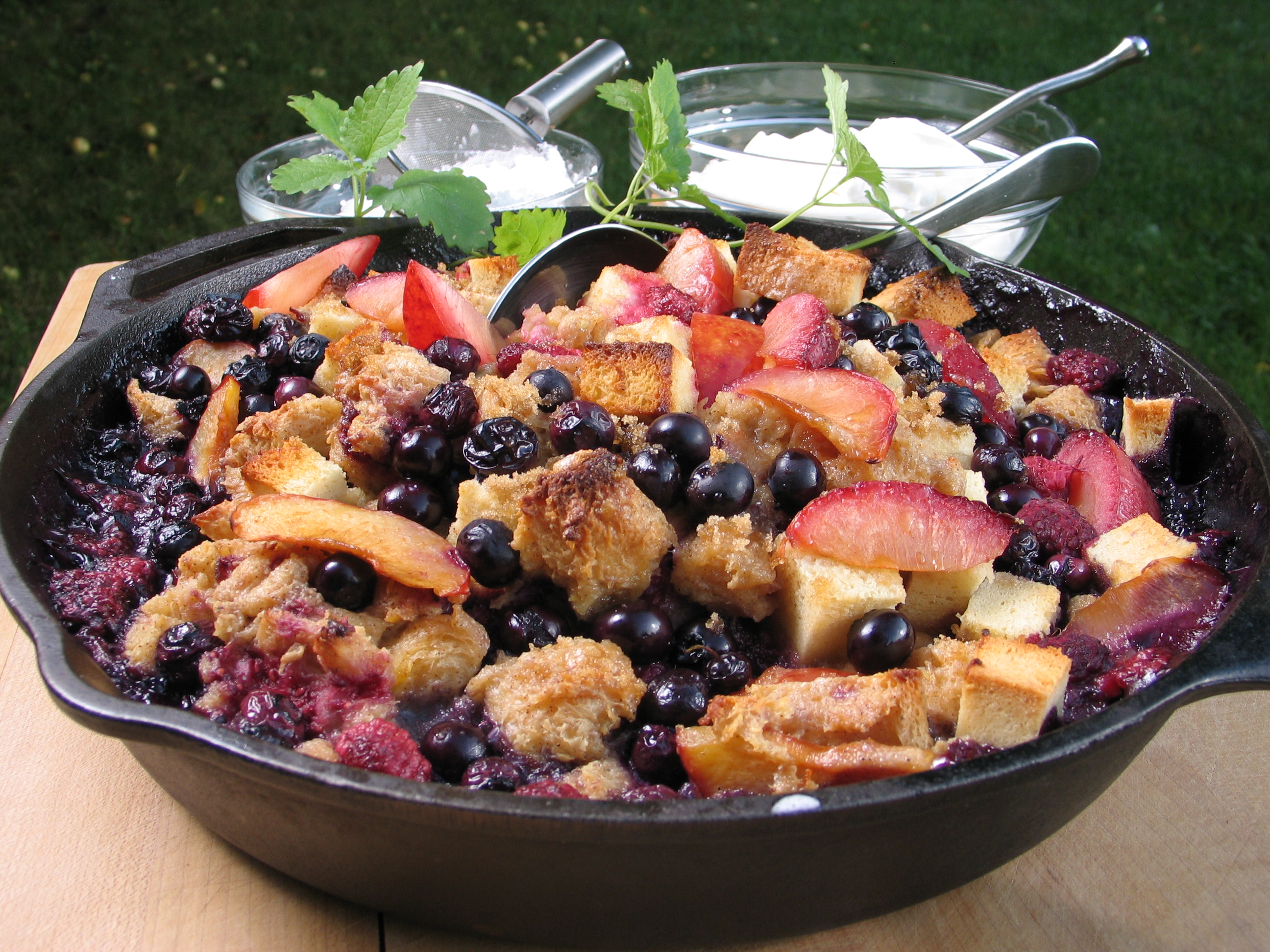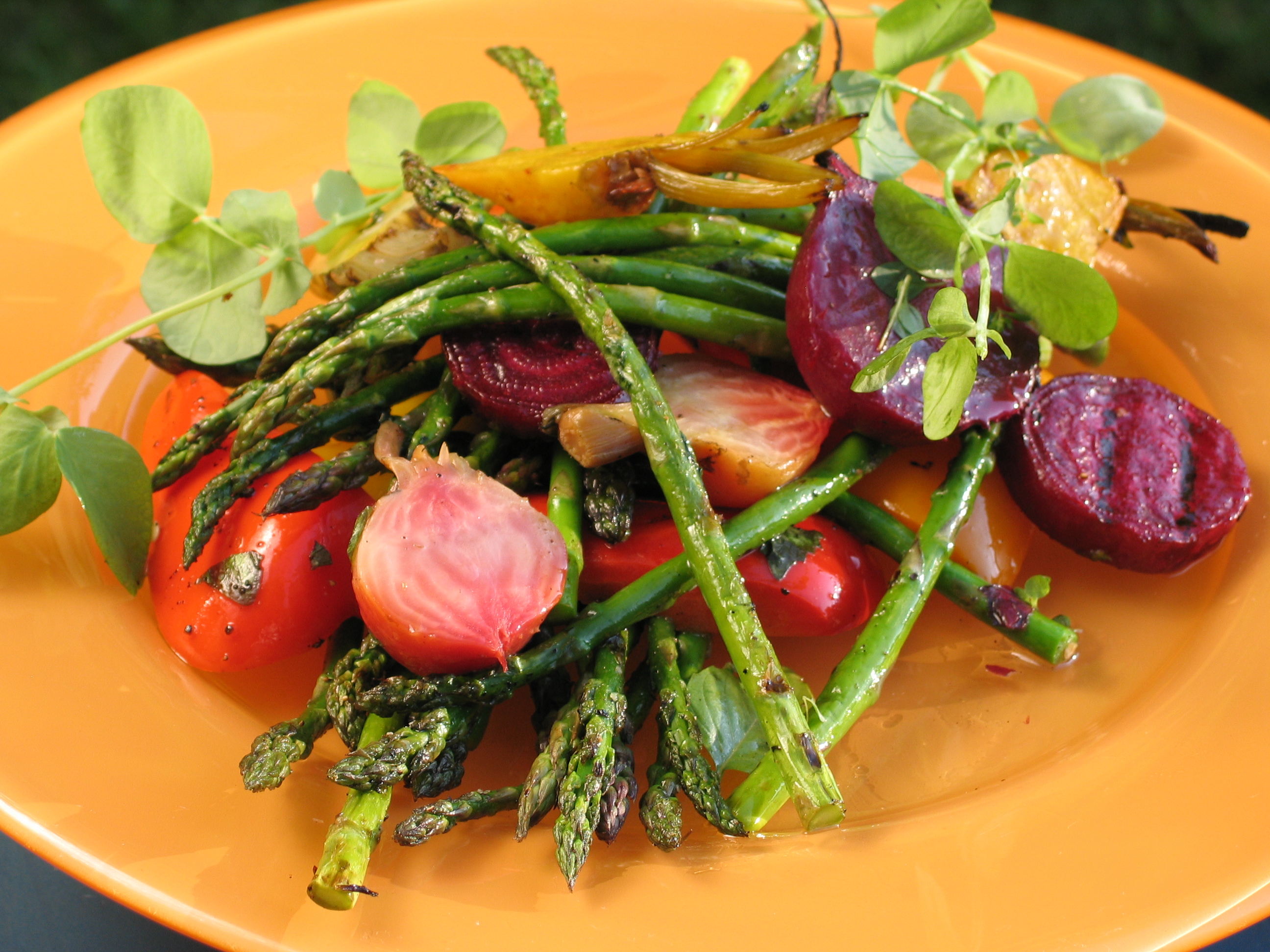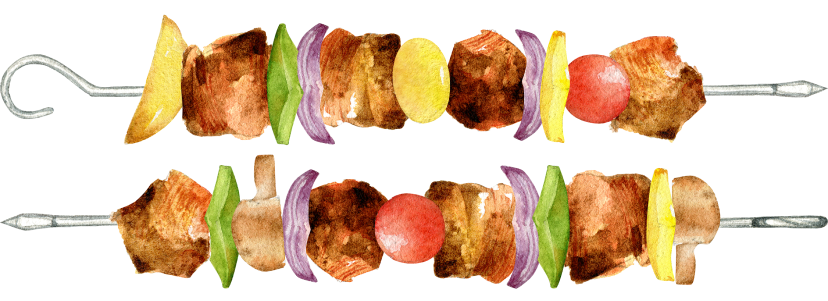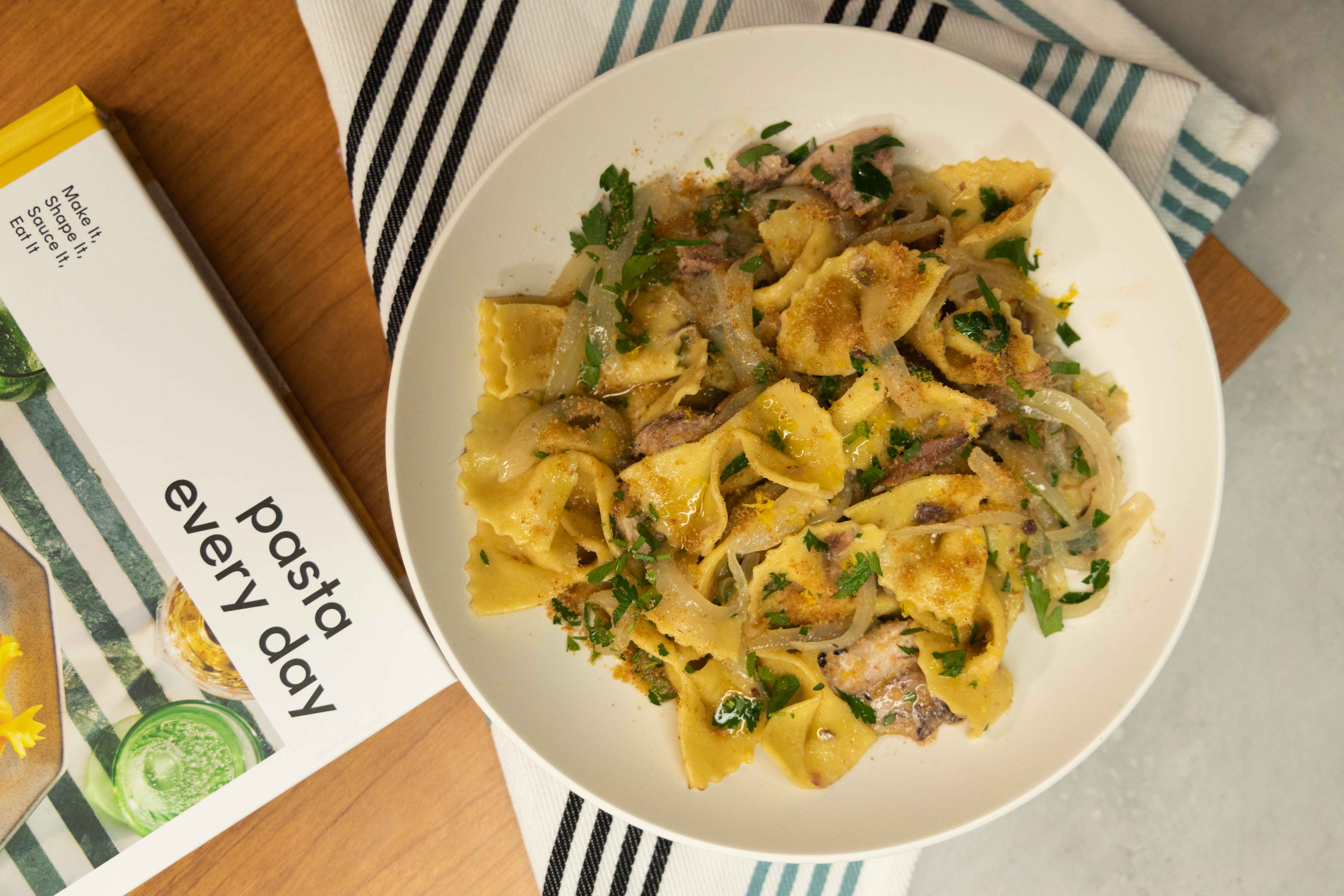
Adapted from PASTA EVERY DAY by Meryl Feinstein. Copyright © 2023 by Meryl Feinstein. Photographs by Nico Schinco. Used with permission of Voracious, an imprint of Little, Brown and Company. New York, NY. All rights reserved.
You can purchase PASTA EVERY DAY here
Farfalle
Ingredients:
- 350 grams (2 ¼ cup) 00 or all-purpose flour
- 50 grams (5 tablespoons) semola rimacinata or semolina flour
- 100 grams (about 2 large) eggs
- 135 grams (about 8 large) egg yolks
- 15 ml (1 tablespoon) water, plus more as needed
Method:
- Weigh and combine the flours in a wide mixing or serving bowl. Weigh the liquids and whisk them together until smooth.
- Keep the flour in the bowl (this prevents runaway liquids) or turn it out onto a work surface. Make a wide “well” in the center with your fist, forming a wall of flour tall enough on all sides to contain the liquid. Pour the liquid into the well.
- Using a fork, gradually incorporate a portion of the flour, a couple of teaspoons or so at a time, from the inner rim of the well into the liquid in a circular motion (à la scrambled eggs) until a thick, custardy batter forms. You’ll use only about a quarter of the flour at this point; the majority will remain loose.
- Incorporate the remaining flour into the thickened liquid, either by 1) pulling, folding, and pressing the flour into the center with your hands until becomes a shaggy ball; 2) vigorously whisking the liquid and loose flour together with the fork until all the liquid is evenly distributed (and it looks like little flaky pebbles); or 3) if you’re working on a flat surface, cutting the flour into the liquid with the help of a bench scraper. If it looks like a total mess–sticky her, flaky there– you’re doing it right.
- If you’ve been using a bowl, transfer the mixture to a flat surface, along with any large flaky pieces. It’s also totally normal to have some flour left behind.
- Knead the dough vigorously however works best for you (don’t be shy; you can’t overwork it). I like to push it forward with the heel of my hand, then fold it over on itself about halfway. Do this a few times in one direction, then rotate the dough 90 degrees and repeat, shifting 90 degrees every few strokes. Once the dough starts to come together, brush away any remaining flaky pieces. Always give it time before adding flour or water–- more often than not, it will sort itself out after a few minutes. Then, if the dough still feels dry, add a small amount of water with your fingers to the dry areas and knead until smooth, repeating as necessary; if it feels very soft and sticky, work in more flour until it firms up.
- After about 5 minutes, cover the dough tightly and completely in plastic wrap or under an overturned bowl (you can also clean a shower cap or snug Tupperware container). Let it rest for 5 to 10 minutes—have a cup of coffee, a snack, a glass of wine—then uncover and knead the dough until it’s smooth and firm, pliable but not soft, 3 to 5 minutes more. (This two-part knead makes the dough smoother; if preferred, skip the first rest period and knead the dough for about 10 minutes.)
- When it bounces back from a light touch to the surface, cover the dough tightly and completely once more. Let it rest at room temperature for about 30 minutes.
- Set up your workspace: Dust a sheet pan with semolina or line it with a dishcloth. Gather your tools and set up your pasta machine.
- Cut off a quarter of the dough and keep the rest covered. Keep extra 00 or all-purpose flour nearby.
- Set your pasta machine to its widest setting. For a Marcato Atlas 150, that’s setting 0; for most KitchenAid attachments, that’s setting 1.
- Flatten the dough with your palm into a rough oval—smush it between your fingers if you need to, or use a rolling pin to roll it into an oval that’s about ¼ inch (6mm) thick. Position one of the dough’s tapered ends in the center of your pasta machine and roll it through once. (If you’re using the KitchenAid attachment, don’t run the motor too fast; I usually prefer speed 2.) You should now have a longer oval-ish shape.
- Rotate the dough 90 degrees, so the tapered ends run horizontally. Fold the ends toward the center like an envelope so that the width of the dough is similar to the width of the machine’s roller (about 6 inches/15 cm; hold it up to the machine to check.) The ends might overlap in the center, or there might be a wide gap between them—it doesn’t matter.
- Flatten the dough again and, with the folded ends on either side, roll it through the widest setting once more.
- Continue rolling the pasta through the machine in the same orientation, once on each progressive setting, stopping twice through setting 6 for a Marcato or setting 7 for a KitchenAid machine. Feed the dough straight down into the roller instead of letting it hang off the back of the machine so it doesn’t pull or tear.
- If the dough is sticky or the surface starts to tear— this happens often with a KitchenAid, especially after setting 5—dust both sides with 00 or all-purpose flour, spreading it around evenly and removing any excess.
- Cut the sheet into rectangles: Either with a bicycle pastry cutter or by hand, cut the sheet lengthwise into 1 ½ -inch (4-cm) strips.
- To cut the strips by hand: Position the pasta sheet horizontally on your work surface. Trim a thin strip of dough, about ¼ inch (6 mm) from the top and bottom (longer) edges so the sheet is a little narrower. Fold the pasta into thirds like a letter, first folding the bottom third upward about halfway and making a crease, then folding the top edge downward to meet the bottom and making another crease. Unfold the pasta sheet and cut along the creases—you should have three rows.
- Using a fluted pasta cutter if you have one, a bicycle pastry cutter, or a sharp knife, cut the sheet crosswise—north to south—at 2-inch (5-cm) intervals (just eyeball it). You should have rectangles that are wider than they are tall and look like an old-fashioned arcade or circus ticket.
- Save any scraps for soup or a snack, or ball them up and cover them so they can be reused at the end.
- Make the farfalle: Cover the rectangles you’re not using with a damp dishcloth or plastic wrap.
- There are many ways to make farfalle. Here’s what works best for me: Hold a rectangle between your thumbs (in front) and index fingers (at the back), with the shorter, fluted edges at top and bottom. Start folding the rectangle inward like a book and then, just as your thumbs start to knock against each other, use them to peel the center part of the side edges back, away from you, so it starts to look like a butterfly (or bow tie). Pinch the center firmly to seal, then fan out the wings a little bit more.
- Arrange the finished farfalle in a single layer on the prepared sheet pan. Repeat with the remaining rectangles, and then the remaining dough.
- Cook or store the pasta: Cook the farfalle until tender, 3 to 5 minutes, depending on thickness and drying time.
Anchovy & Onion Sauce with Breadcrumbs
Ingredients:
- 2 tablespoons (30 ml) extra-virgin olive oil
- 4 tablespoons (55 grams) unsalted butter, divided
- 2 medium yellow or white onions, thinly sliced into half-moons
- Kosher salt and freshly ground black pepper
- 1 ounce (25 grams; 6 to 8 fillets) oil-packed anchovies
- ½ cup (120 ml) dry white wine like Pinot Grigio
- 1 (4.2-ounce/ 120-gram) tin oil-packed sardines, drained and bones removed
- 1 lemon, zest and juiced
- 1 loosely packed cup (20 grams) fresh flat-leaf parsley, finely chopped
- ⅔ cup (40 grams) toasted breadcrumbs, plus more for serving
Method:
- In a Dutch oven or large sauté pan, warm the oil and 2 tablespoons of the butter over medium heat. Add the onions, season with salt and pepper, and cook, stirring often, until very soft but not browned, 15 to 20 minutes. Reduce the heat as needed.
- Add anchovies and cook, stirring, until dissolved, then cook 2 to 3 minutes longer. Pour in the wine and simmer for 2 minutes, scraping up any browned bits from the bottom of the pan. Turn off the heat.
- To serve: Cook your pasta of choice until just shy of your liking. When the pasta is almost ready, return the sauce to medium-high heat and add ¾ cup (180 ml) pasta cooking water. Simmer until slightly thickened. Season to taste.
- Transfer the pasta directly to the sauce (or drain it first and reserve 1 cup (240 ml) pasta cooking water), along with the remaining 2 tablespoons butter, the sardines, lemon zest and juice, most of the parsley, and the breadcrumbs. Toss to combine and cook, stirring constantly, until the pasta is well coated and the sardines flake into pieces, 1 to 2 minutes. Loosen with more pasta cooking water as needed.
- Divide the pasta among bowls and serve topped with the rest of the parsley and breadcrumbs.


